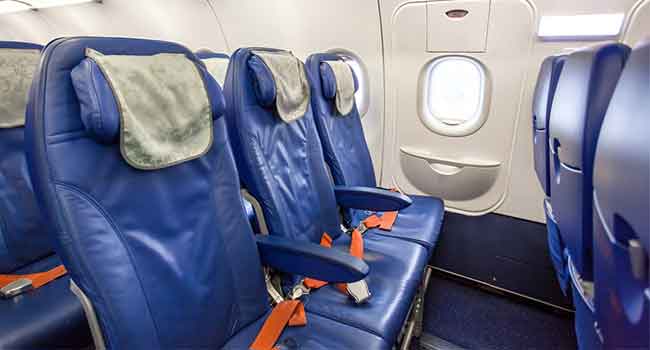
The World's Safest Airlines in 2016
- By Sydny Shepard
- Jan 06, 2016
AirlineRatings.com, a safety and product rating website, announced its top twenty safest airlines and top ten safest low cost airlines for 2016 from the 407 airlines it monitors.
The website’s rating system takes into account a range of factors related to audits from aviation’s governing bodies and lead associations as well as government audits and the airline’s fatality record. Each airline’s operational history, incident records and operational excellence were also taken into account when rating the top twenty safest airlines.
The top of the list is Australia’s Qantas, which has a fatality free record in the jet era, an extraordinary feat. The airline is Australia’s largest domestic and international airline and is widely regarded as the world’s leading long distance airline and one of the strongest brands in Australia.
The list continues in alphabetical order:
Air New Zealand
Alaska Airlines
All Nippon Airlines
American Airlines
Cathay Pacific Airways
Emirates
Etihad Airways
EVA Air
Finnair
Hawaiian Airlines
Japan Airlines
KLM
Lufthansa
Scandinavian Airline System
Singapore Airlines
Swiss
United Airlines
Virgin Atlantic
Virgin Australia
“The AirlineRatings.com top twenty have been recorded to be at the forefront of safety innovation and have become a byword for excellence,” the report reads.
Responding to public interest, the website also dived into more affordable airlines and was able to make a list of the top ten safest low cost airlines. They are listed below in alphabetical order.
Aer Lingus
Flybe
HK Express
Jetblue
Jetstar Australia
Thomas Cook
TUI Fly
Virgin America
Volaris
Westjet
Unlike others, there airlines have all passed the stringent International Air Transportation Association Operational Safety Audit (IOSA) and have excellent safety records.
About the Author
Sydny Shepard is the Executive Editor of Campus Security & Life Safety.